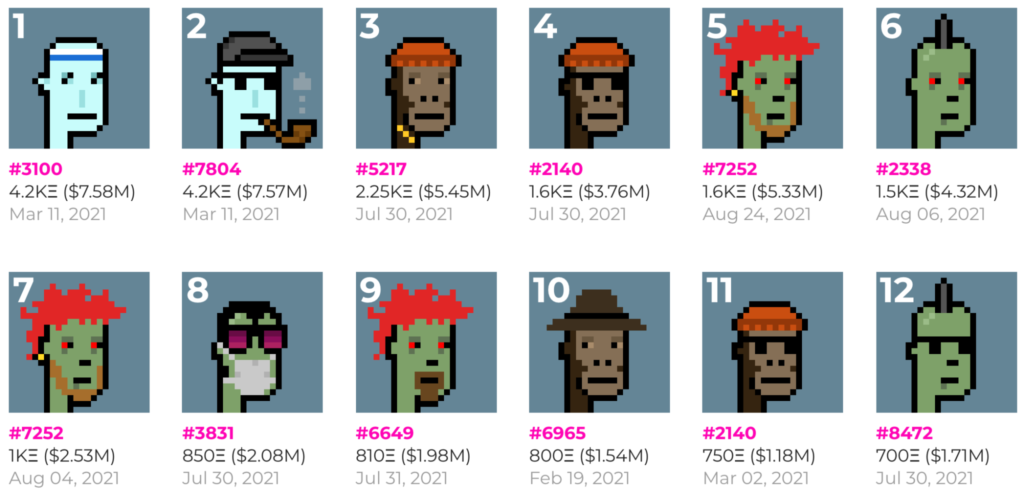Sanctions are reshaping Yemen’s financial map—one block at a time. Decentralized finance (DeFi), often dismissed as niche software in wealthier markets, is emerging as a survival tool on the Arabian Peninsula, where U.S. restrictions have unplugged large swaths of the traditional banking grid.
The latest blow landed on April 17, when Washington blacklisted the International Bank of Yemen for allegedly funneling funds to the Houthi movement. Overnight, card rails failed, wire windows shuttered, and the quest for a friction‑free payment channel became existential for millions of civilians. According to fresh data from blockchain‑intelligence firm TRM Labs, more than 63 % of Yemen’s crypto‑related web traffic now flows to DeFi protocols; global centralized exchanges capture only 18 %.
From remittance corridors to liquidity pools
Historically, Yemen’s economy leans on diaspora remittances. But intermediaries—banks, money agents, even hawala networks—face mounting compliance hurdles. DeFi’s permissionless pools, it turns out, don’t ask for passports. Peer‑to‑peer swaps on platforms like Uniswap or dYdX allow Yemenis to sidestep blocked IBANs, convert USDT to riyals, and settle cross‑border invoices in minutes—often through mobile signal alone.
TRM tracked a 270 % spike in on‑chain activity at one Sana’a‑based crypto desk after the Houthis were re‑designated a terrorist group in January 2024, and another 223 % jump following the Trump administration’s harsher Foreign Terrorist Organization label in early 2025. Each diplomatic volley pushes more users toward self‑custodied wallets and stablecoin rails.
A double‑edged ledger
Regulators fear sanctions evasion; humanitarian advocates see a lifeline. Anne‑Marie Wolf, a regional analyst at the Middle East Institute, calls DeFi “both the pressure valve and the blind spot.” Local merchants pay Iranian suppliers via stablecoins; displaced families receive remittances in the same format. For now, volumes remain modest—single‑digit millions per month—but TRM warns sophistication is rising as fiat alternatives erode.
Parallel precedents
Yemen’s pivot echoes patterns in other crisis zones. Ukrainians turned to DeFi when invasion froze parts of the banking sector; large on‑chain transfers there rocketed 362 % year‑over‑year. In Argentina, wages flee into USDT hours after payday to dodge 276 % inflation. Venezuelans label Bitcoin a “lifeline asset” against bolívar collapse. Each case underscores crypto’s elasticity: volatile in boom cycles, indispensable when rails break.
Sanctions rarely rewrite foreign policy overnight, but they do redraw financial topographies. In Yemen, every fresh restriction tightens the noose on formal finance while nudging households toward decentralized workarounds. Whether policymakers view that shift as a threat or a humanitarian conduit will dictate how far—and how fast—DeFi becomes Yemen’s default banking layer.


